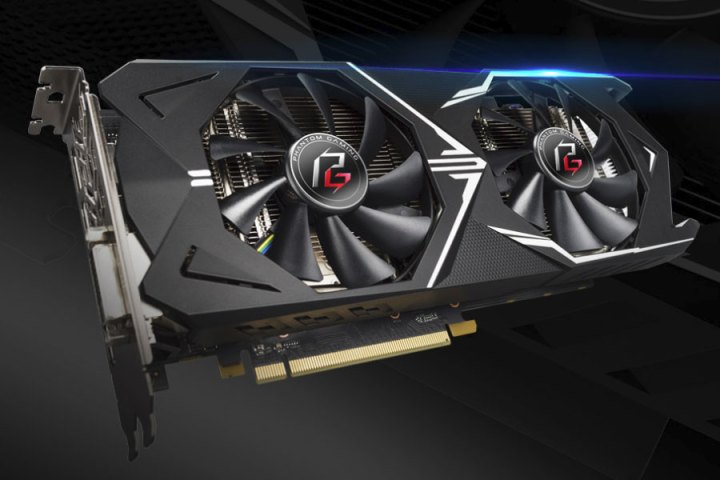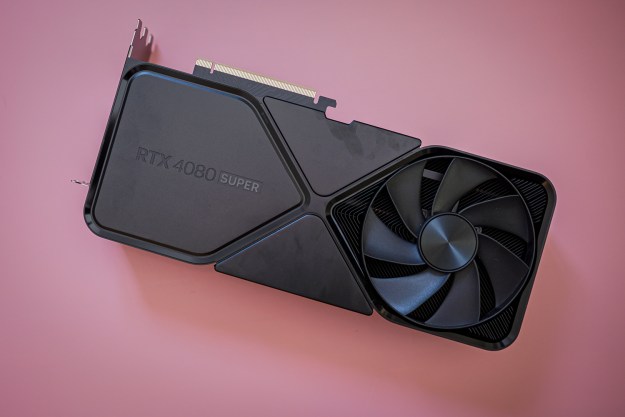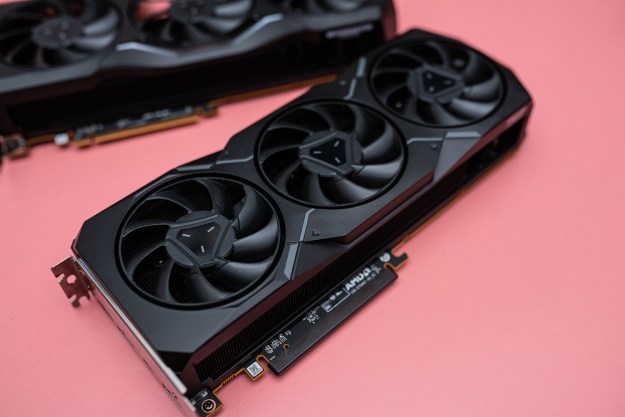
AMD may be blocking all sales of ASRock graphics cards within key territories like Europe, though the exact reasoning for this move is as yet unknown. The ban is said to extend throughout the entire new ASRock “Phantom” range though, with RX 550, 560, 570, and RX 580 cards supposedly banned from sale in Europe.
ASRock’s bread and butter business is motherboards, but it announced in March that it had partnered with AMD to release its own brand of graphics cards, too. Dodging the ongoing controversy of Nvidia’s pseudo-exclusive, and recently shuttered, GeForce Partner Program, ASRock planned to exclusively sell AMD cards instead, but it may not be doing so in Europe.
This story first reared its head in a review of one of ASRock’s RX 580 Phantom Gaming X cards on the German branch of Toms Hardware. While the reviewer praised the hardware, especially considering it is one of ASRock’s first-ever graphics cards, the card was not handed over from a traditional source. Indeed ASRock reportedly inquired as to where it was acquired, as no review samples had been sent to the E.U. region.
In further comments, ASRock confirmed that the cards would only be sold in South America and in Pacific regions, like Russia, Australia, Japan, and the U.S. — though excluding China, Hong Kong, and Taiwan. The reasoning for this is said to be “based on the history of mutual channel agreement,” according to the Toms Hardware source.
How acceptable such a ban on sales is with ASRock though, isn’t entirely clear. A number of rumors surround the reasoning, though a Hardware Info source suggests that it could relate to the several AMD-only brands already operating out of Europe and a desire from AMD to see a wider variety of sellers in other regions. However, considering the recent reports of China being excluded from planned sales zones, early rumors suggesting that ASRock was targeting the Asian market seem unfounded.
Another suggestion is that as the supply of graphics cards at reasonable prices is still low across the globe, AMD is keen on limiting sales to markets with the lowest stock levels at this time.
We’ll no doubt learn more as ASRock cards hit the digital shelves of online retailers in the near future.
Editors' Recommendations
- Intel Battlemage graphics cards: release date speculation, price, specs, and more
- Nvidia RTX 50-series graphics cards: news, release date, price, and more
- AMD needs to fix this one problem with its next-gen GPUs
- Nvidia is the ‘GPU cartel,’ says former AMD Radeon manager
- AMD has a lot to prove this year





